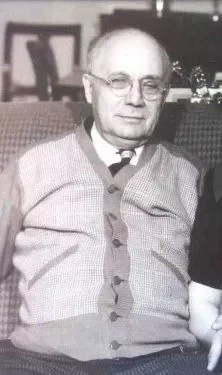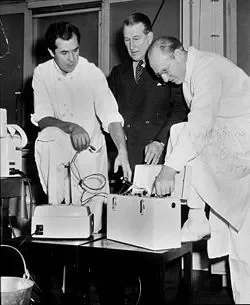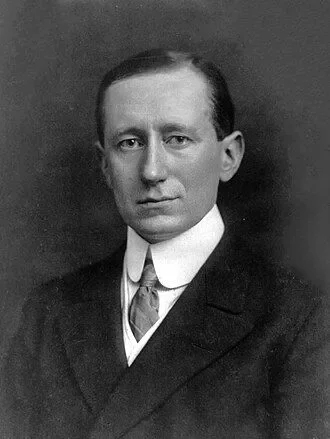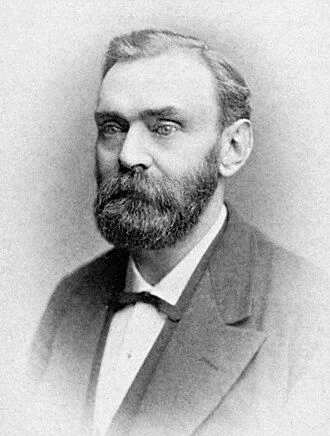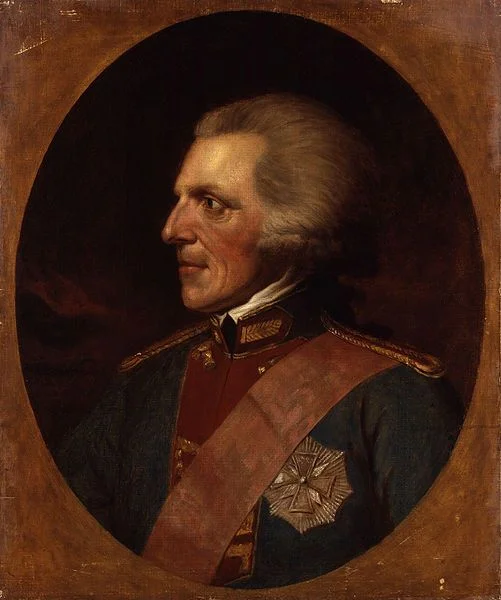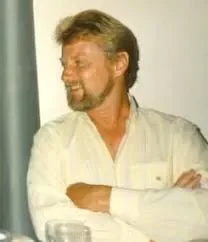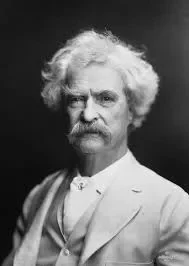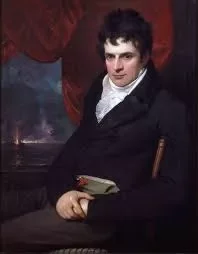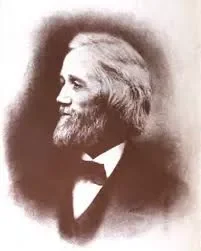Real Celebrities Never Die!
OR
Search For Past Celebrities Whose Birthday You Share
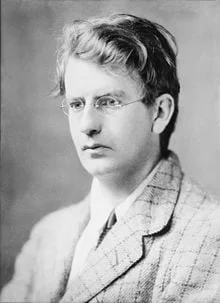
source:wikimedia.org
John Logie Baird
Birthday:
13 Aug, 1888
Date of Death:
14 Jun, 1946
Cause of death:
Stroke
Nationality:
Scottish
Famous As:
Entrepreneur
Age at the time of death:
57
Early Life and Education
John Logie Baird was a Scottish inventor and electrical engineer widely known for developing and demonstrating the world’s first working television. He invented the color television system and the first color television, a television technology that included color.
Braid was born on August 13, 1888, in Helensburgh, Dunbartonshire, Scotland to a fine Scottish Family. He was the youngest of four children to John Baird, his father, a minister in the Church of Scotland, and Jessie Morrison Inglis, his mother. Braid received his early education at Larchfield Academy in Helensburgh and attended West of Scotland Technical College. Later, he attended the University of Glasgow, where he participated in various engineering activities as part of his course. In the early 1910s, he served in the British army but was considered unfit for active duty. Instead, he worked at the Clyde Valley Electrical Power Company, which was involved in making weapons for the war.
Initial Experiments in Television Technology
In the 1920s, John Logie Baird moved to England and set up a unit to conduct experiments in television technology. He assembled the world’s first working television set using household materials like a hatbox, scissors, darning needles, bicycle light lenses, a tea chest, sealing wax, and glue. In 1924, he demonstrated a semi-mechanical analog television system. The following year, Baird transmitted the first television picture with a grayscale image of a ventriloquist’s dummy. In 1925, he organized his first public demonstration of moving silhouette images at the Selfridges department store in London.
First Moving Image and Milestone Achievements
In 1926, John Logie Baird successfully transmitted a moving image of a human face, marking his first and most significant achievement. Over the years, he continued to improve his system by transmitting television signals over 438 miles across the Atlantic Ocean from London to Glasgow in 1928, achieving greater milestones. In 1928, Baird achieved the world’s first color transmission, using scanning discs and primary colors, and also demonstrated stereoscopic television. He founded the Baird Television Development Company and made the first transatlantic television transmission from London to Hartsdale, New York, in 1928. In 1929, he aired the first television program by the BBC and conducted the first live broadcast of “The Derby” horse race.
John Logie Baird's Quote's
Further Innovations in Color Television
Later, Baird began experimenting with cathode ray tubes to create a hybrid color television. In the 1940s, he worked on a fully electronic system called “Telechrome” and displayed a fully electronic color television display. Though Baird also attempted to innovate in Phonovision, he did not achieve much success in this area.
Death and Legacy
On 14 June 1946, Baird passed away due to a stroke, which he had suffered in February. He died at the age of 57 in Bexhill, Sussex, England. While some of his inventions were not successful, his contributions to television technology laid the foundation for the development of modern television.
Name:
John Logie Baird
Popular Name:
John Logie Baird
Gender:
Male
Cause of Death:
Stroke
Spouse:
Place of Birth:
Helensburgh, Dunbartonshire, Scotland
Place of Death:
Bexhill, Sussex, England
Occupation / Profession:
Personality Type
Virtuoso: Bold and practical experimenters, masters of all kinds of tools. He was very practical man.
John Logie Baird never graduated from college.
When he was a child, he manipulated the telephone exchange so that his bedroom was connected to his friends across the streets.
Member of the Physical Society
Member of the Television Society
Invented the world’s first working television system, including the first colour television
Honorary Fellow of the Royal Society of Edinburgh
